Romesco sauce is kind of like a Spanish pesto, made with roasted red peppers, garlic, almonds, and parsley. There’s an episode of No Reservations where Anthony Bordain travels to Spain and takes part in a springtime ritual of charring spring onions over coal, dunking them in romesco and eating them whole, which is what inspired this recipe. I used green onions (aka scallions) instead of spring onions (they’re pretty similar) but the combination of romesco and blistered onions was mind-blowing. OH and it’s completely VEGAN.
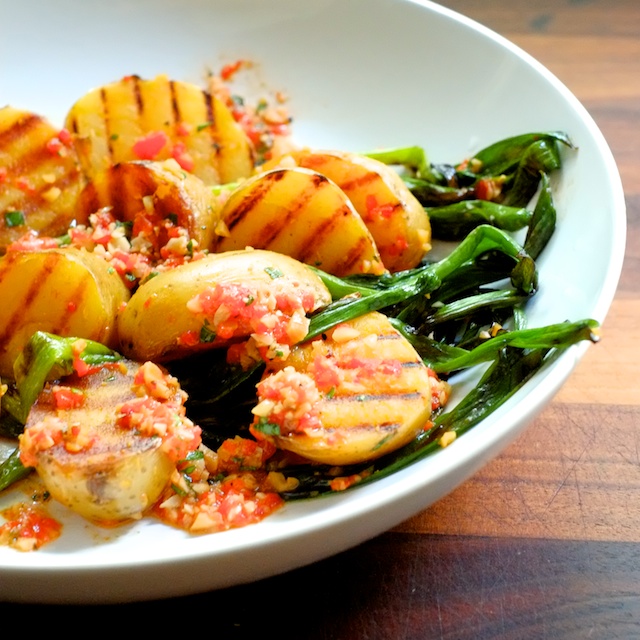
To highlight the technical options in making a chopped sauce, I decided to forego the food-processor with this romesco and get choppy with my knife. It takes a bit longer this way but I really like that I can see all the ingredients in the sauce.
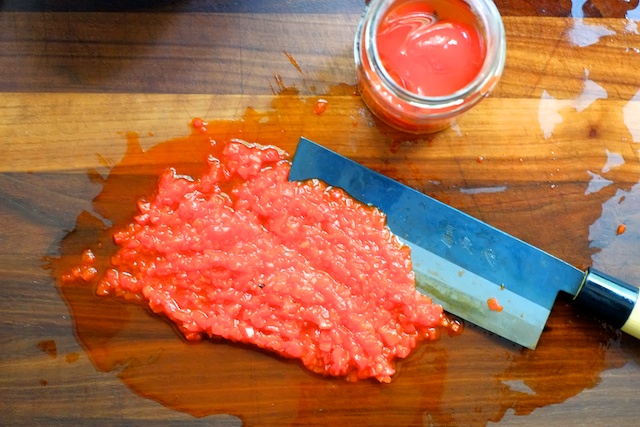
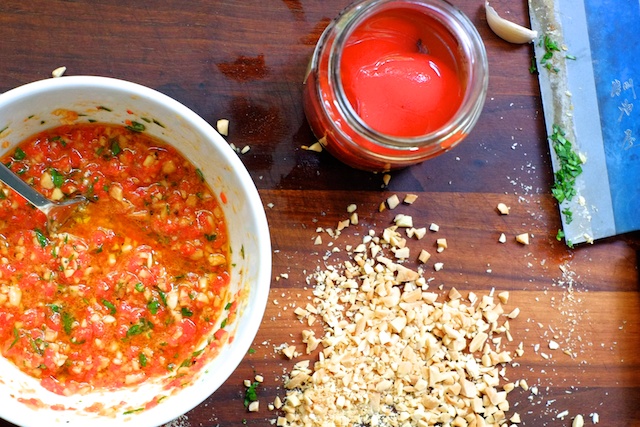
I trimmed my onions of any shrively bits and grilled them whole. You can take off the root ends if they freak you out (which they do for Cody) but if you wash them well and don’t mind a little extra knife work in the eating process, you can leave them on. You could probably even eat them – I don’t know. I think they look kind of cool. Anyway, toss them with a little olive oil and salt and put them on the grill (or grill pan) until they’re nicely marked.
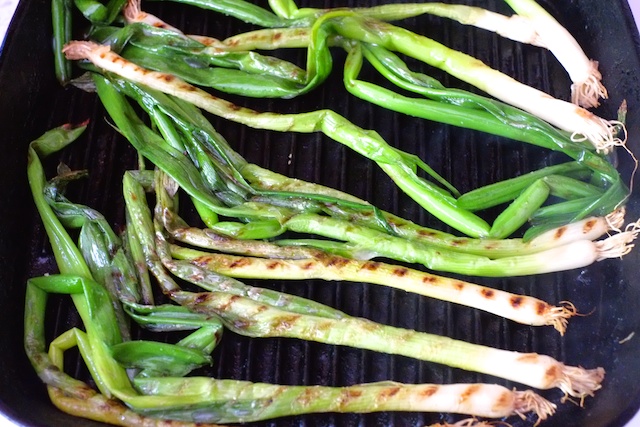
I pre-boiled my baby potatoes, tossed them with olive oil and salt, and grilled them too.
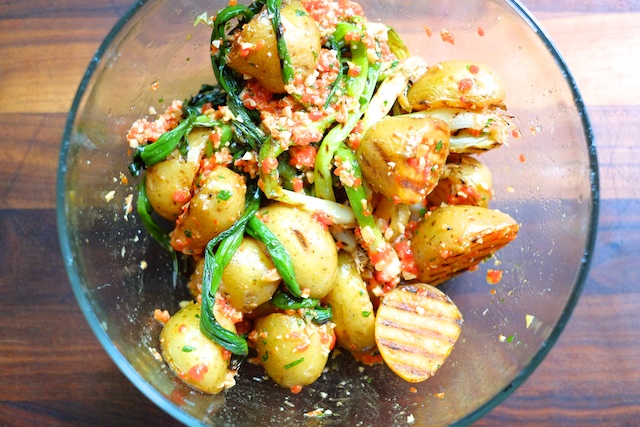
Then you just add the romesco, toss and taste for seasoning. Honestly, the grilling makes this a really hearty-tasting potato salad. You won’t miss mayo a bit.
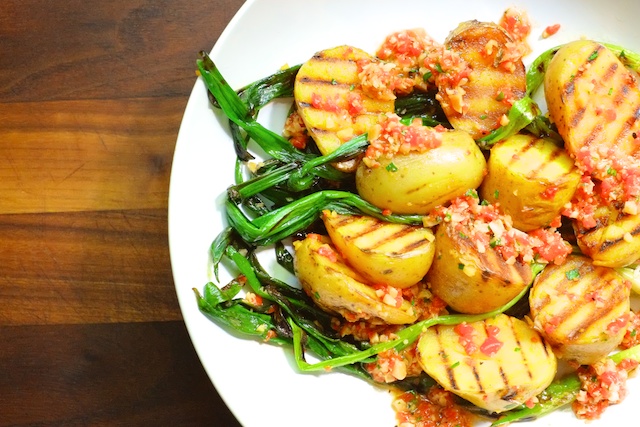
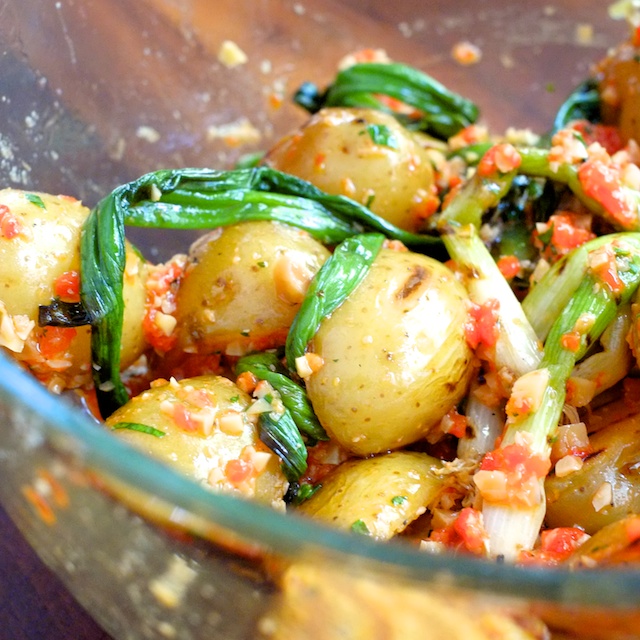
Grilled Potato Salad with Scallions and Rustic Romesco
Ingredients:
Romesco Sauce:
one small jar roasted red peppers (use two medium red bell peppers if you want to roast yourself)
1/2 cup sliced almonds, toasted
2-3 small cloves of garlic
one small handful of flat leaf parsley
1-2 tablespoons sherry vinegar (white wine or red wine vinegar wouldn’t suck)
3-4 tablespoons olive oil (extra virgin if possible)
salt and pepper to taste
optional: a few dashes of hot, smoked paprika
Salad:
2-3 bunches scallions
1-2 pounds baby potatoes
A few tablespoons of olive oil to coat vegetables
salt to taste
Method:
1. Make the romesco sauce – chop the first four ingredients very small and combine in a bowl.
2. Add the vinegar, olive oil, salt and pepper, and paprika (if using) to the roasted red pepper mix. Taste and adjust seasoning.
3. Boil potatoes whole until cooked through but not mushy. Allow the potatoes to cool and slice them in half. Toss with olive oil and salt and set aside.
4. Wash and trim your green onions, toss with olive oil and salt.
5. Preheat your grill or grill pan over medium-high heat. Grill onions and potatoes in batches until they are nicely marked. Set aside cooked onions and potatoes in a mixing bowl.
6. Add romesco sauce to cooked potatoes and onions, toss, taste for seasoning, and serve.
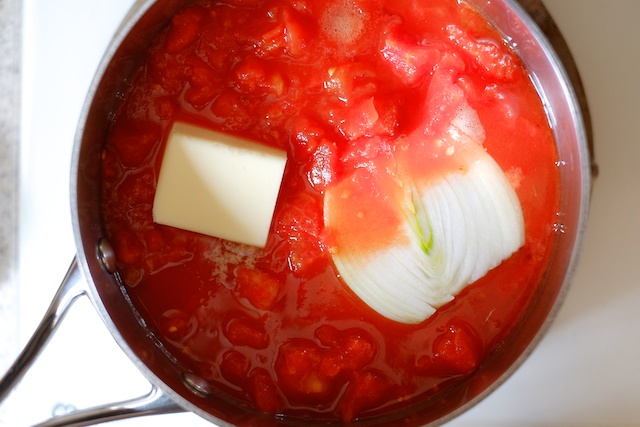
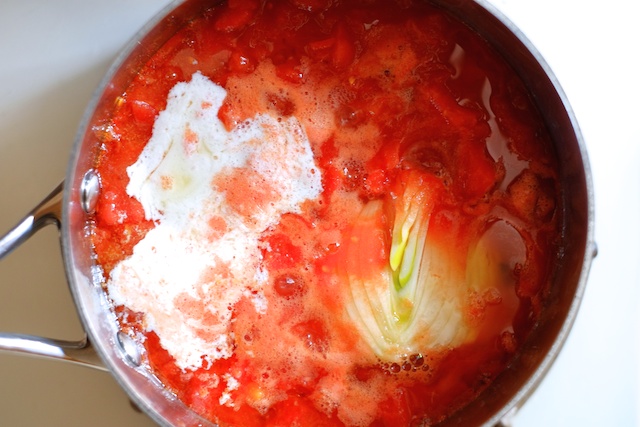
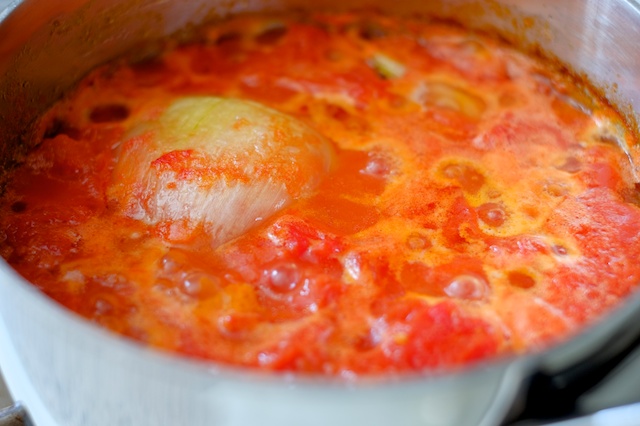
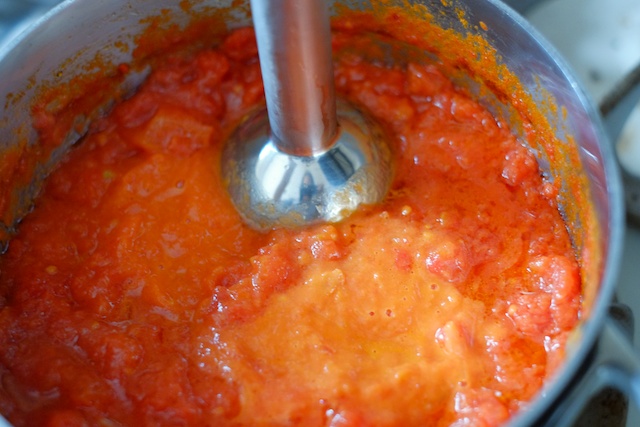
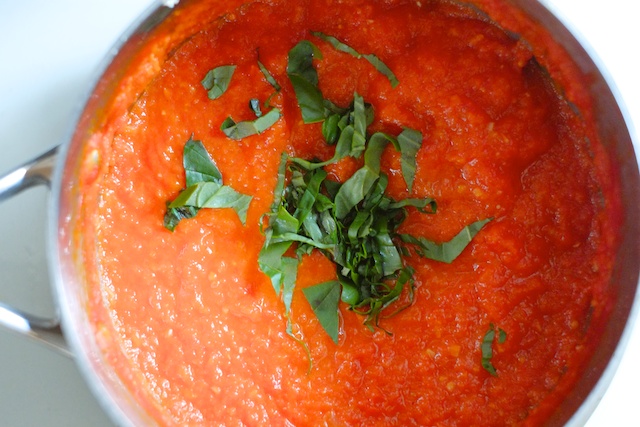
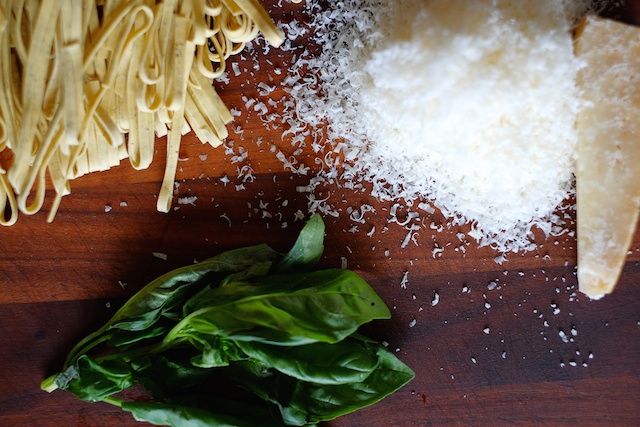
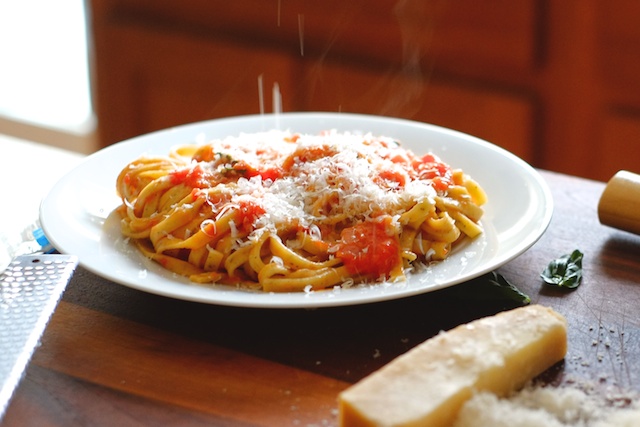
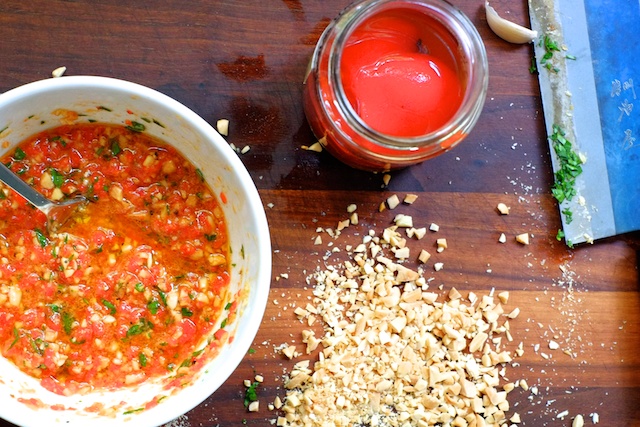
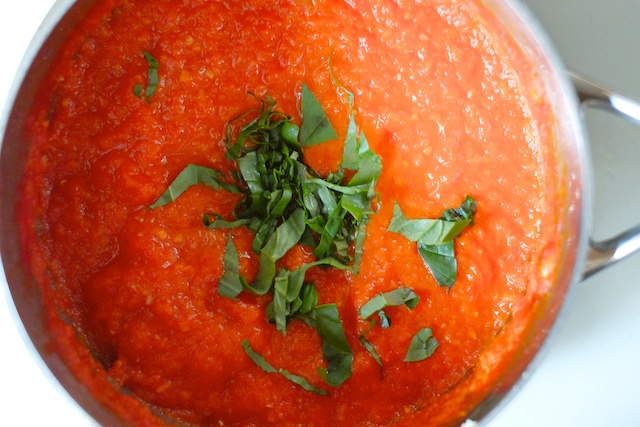
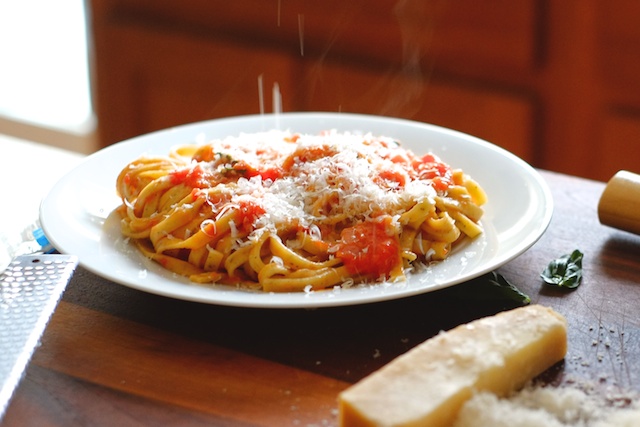
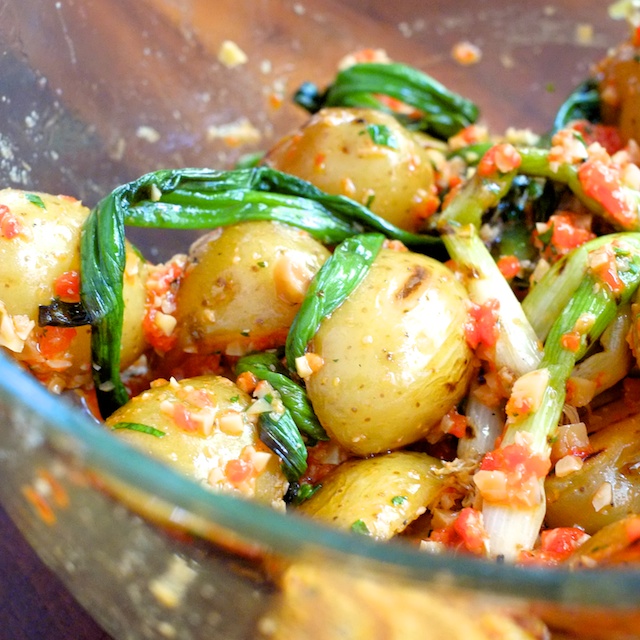
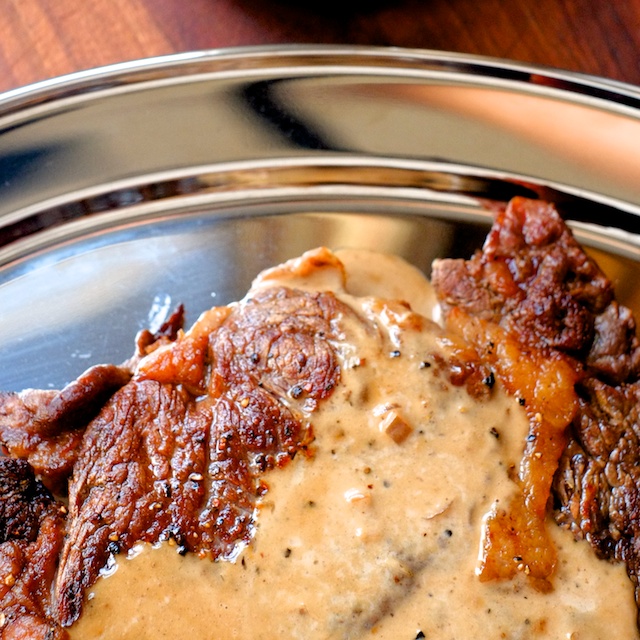
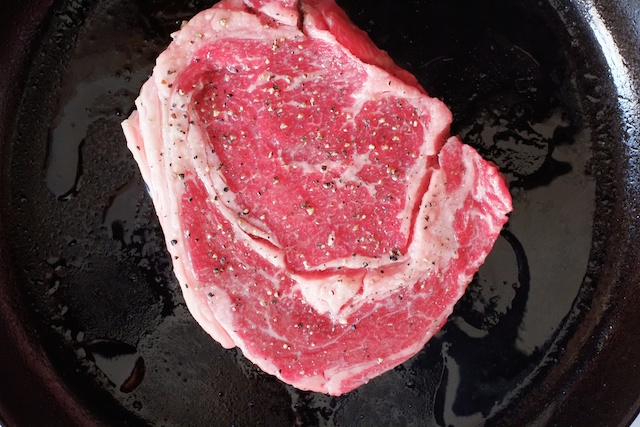
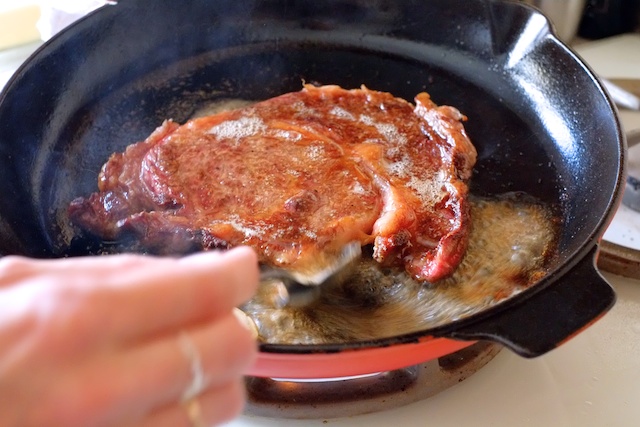
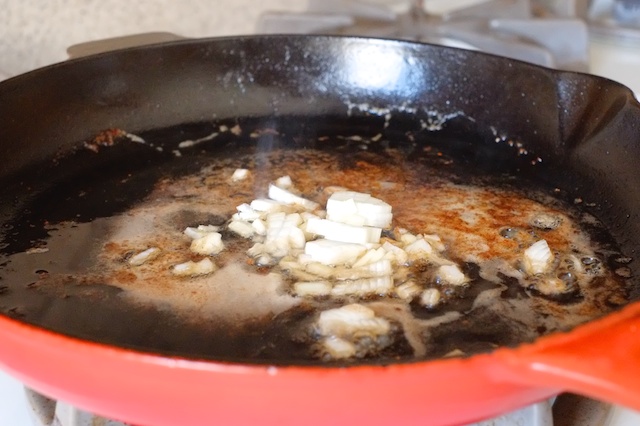
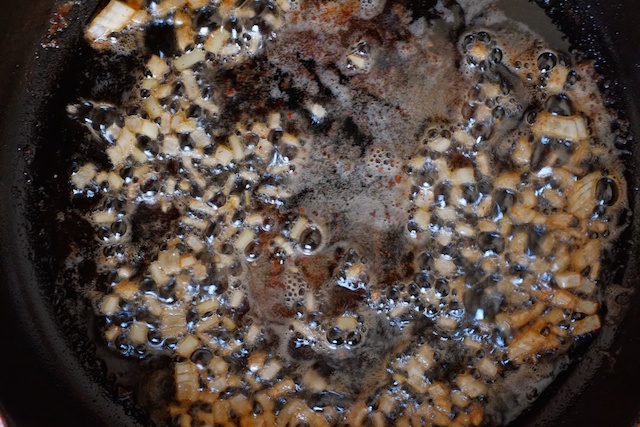
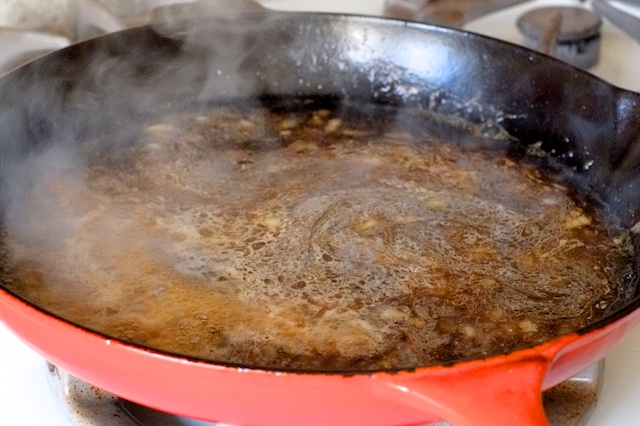
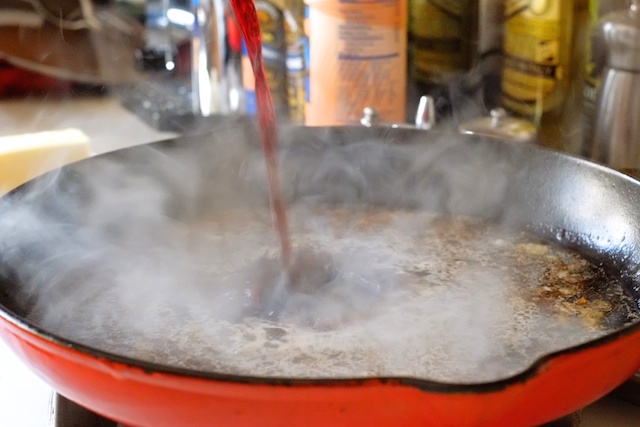
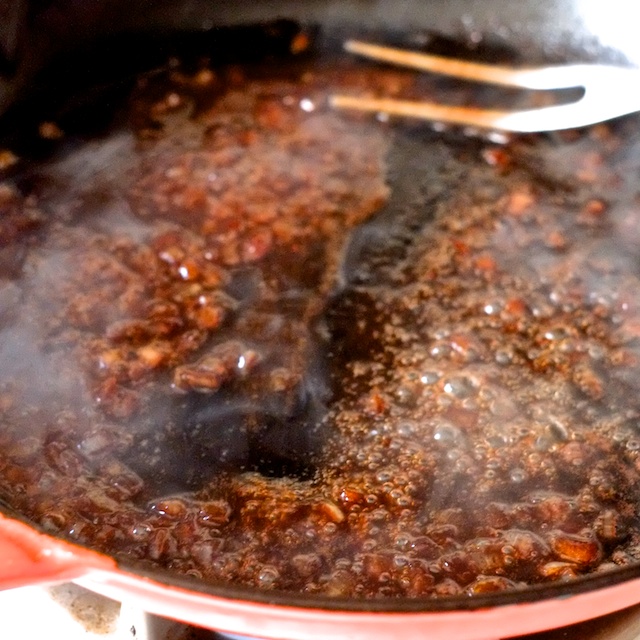
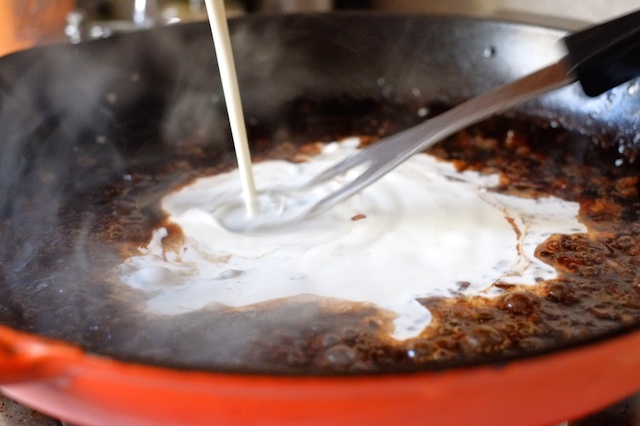
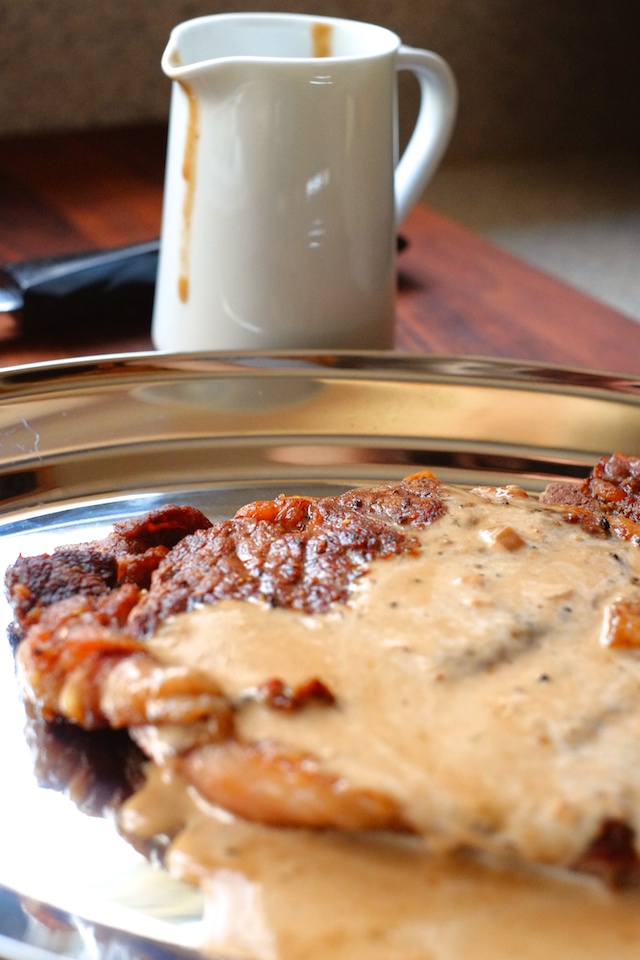
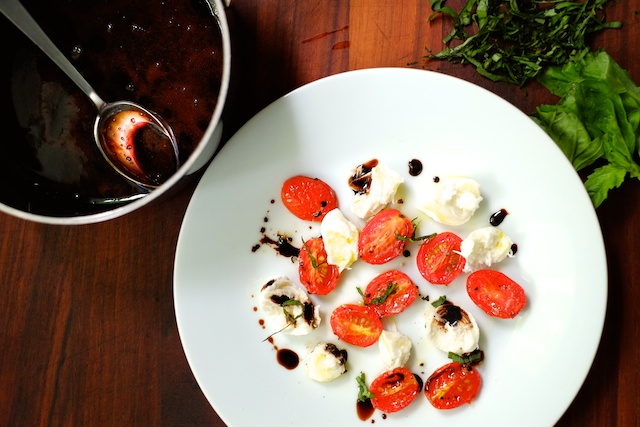
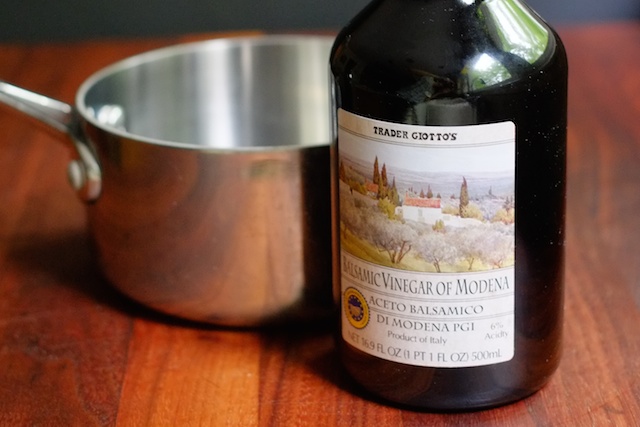
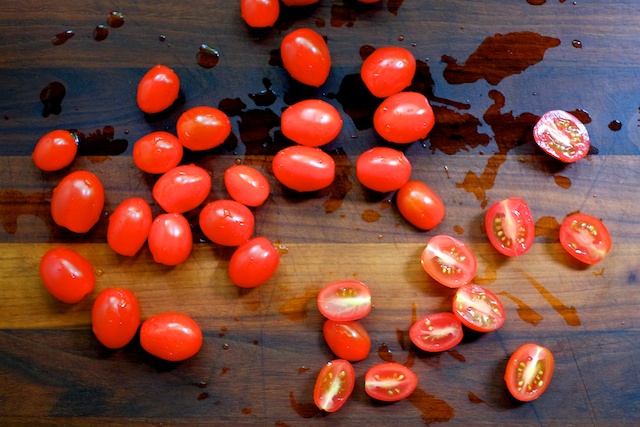
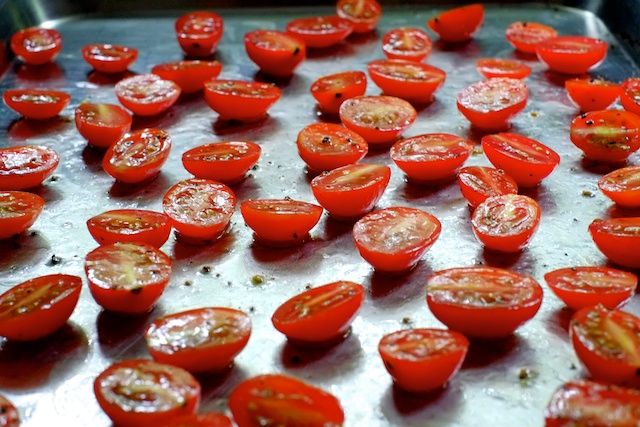
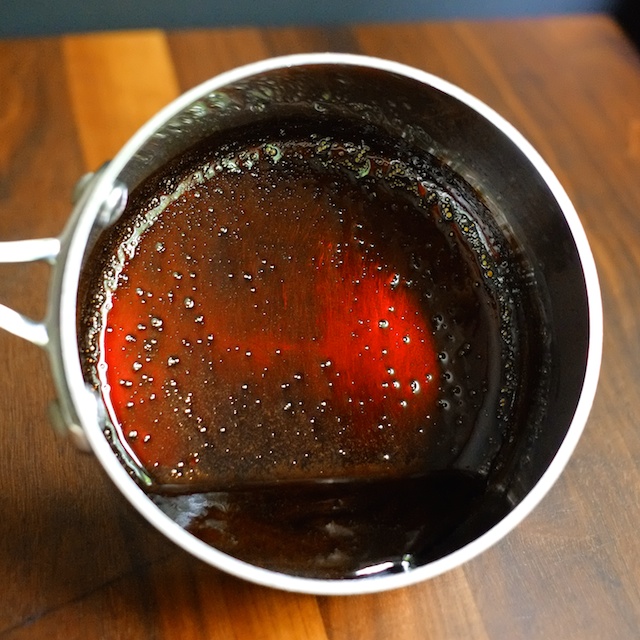
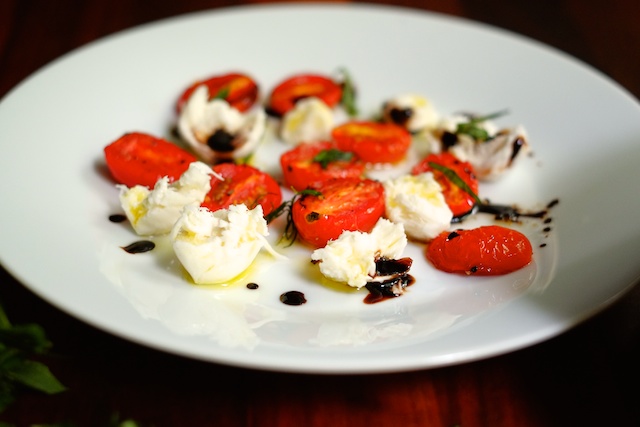
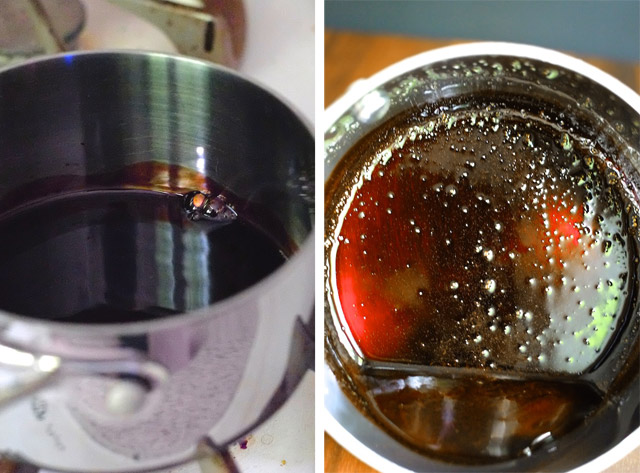
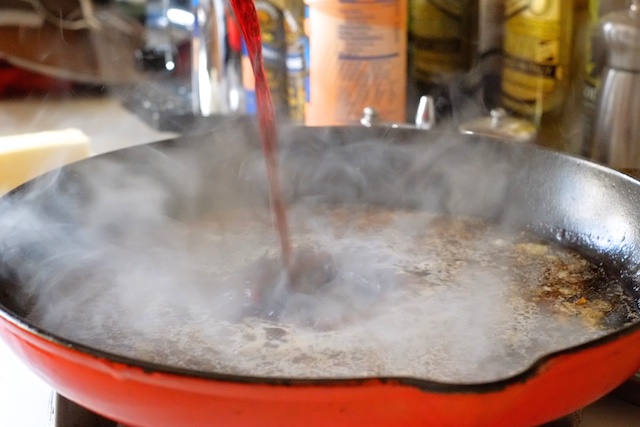
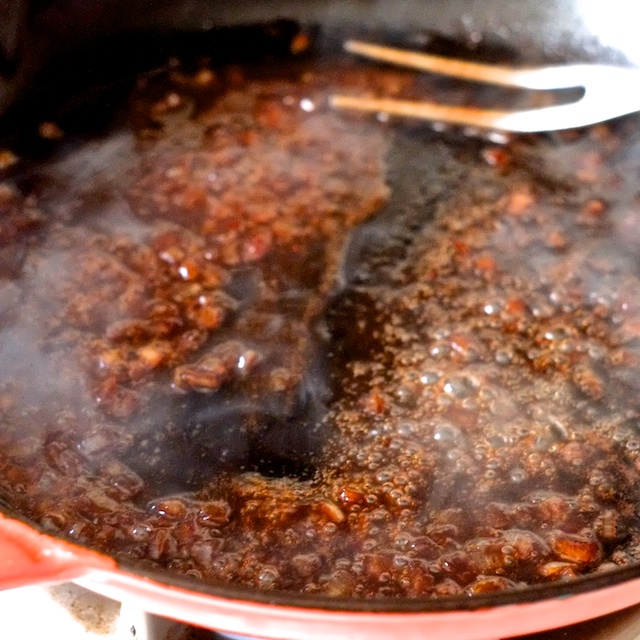
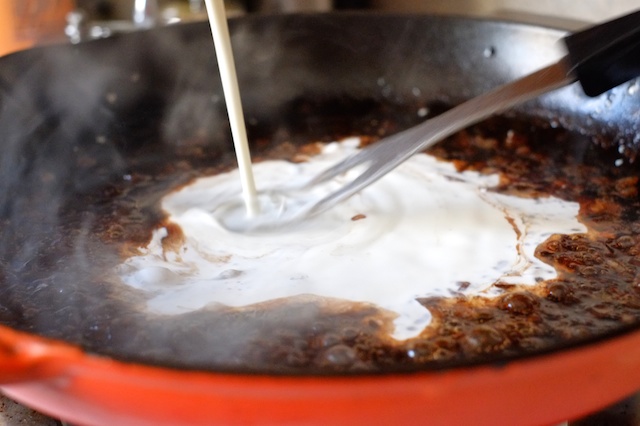
This looks so so delicious.
carrie — June 27, 2014